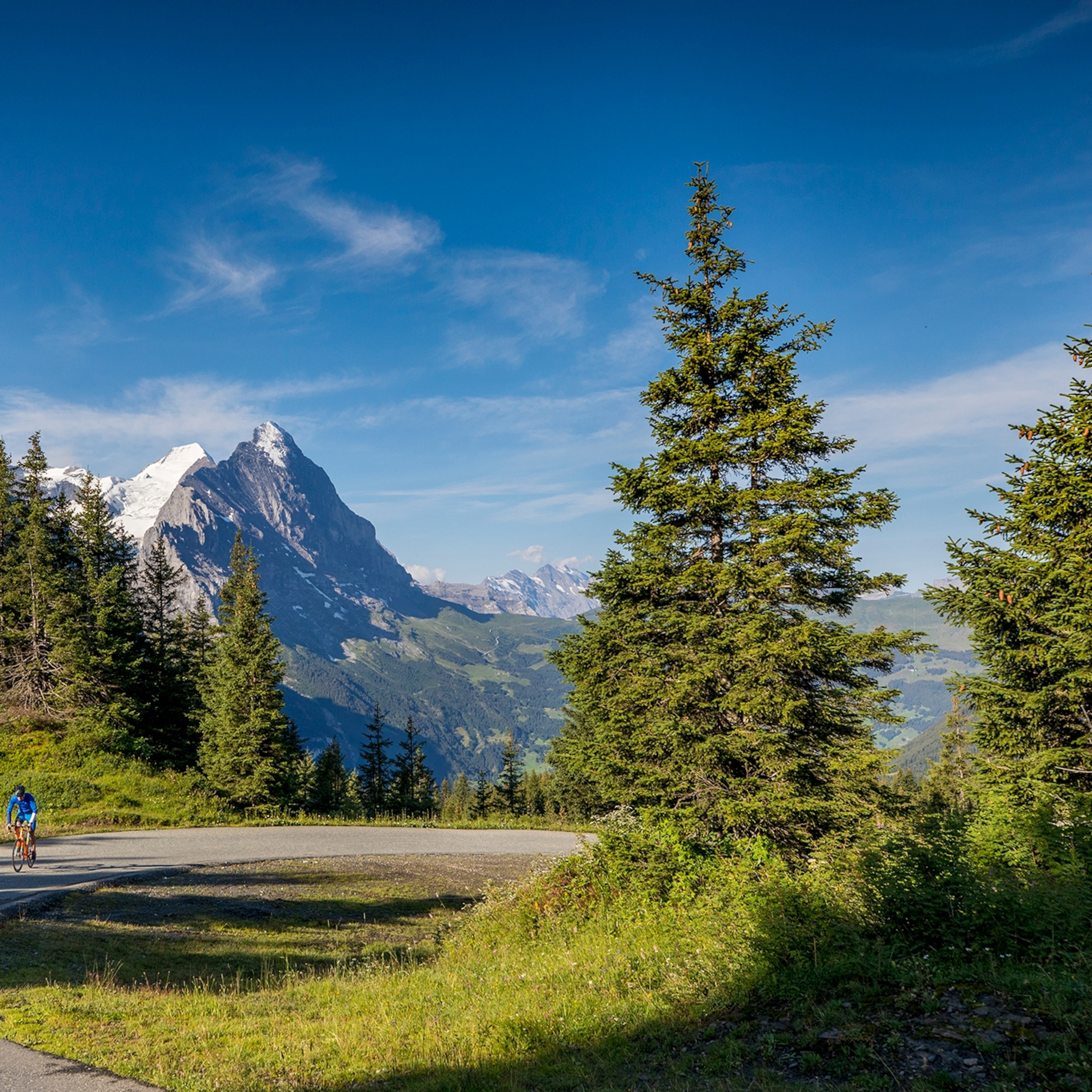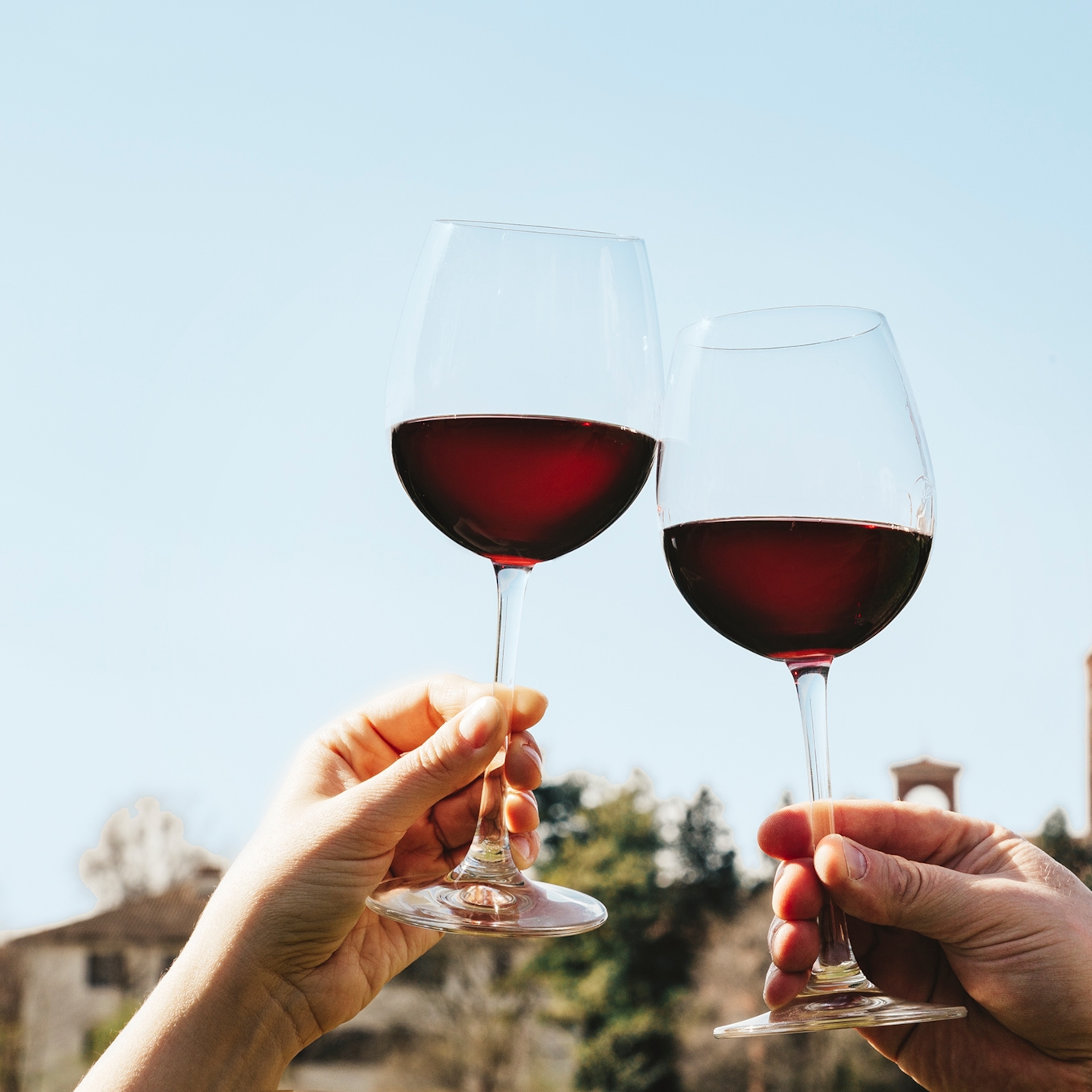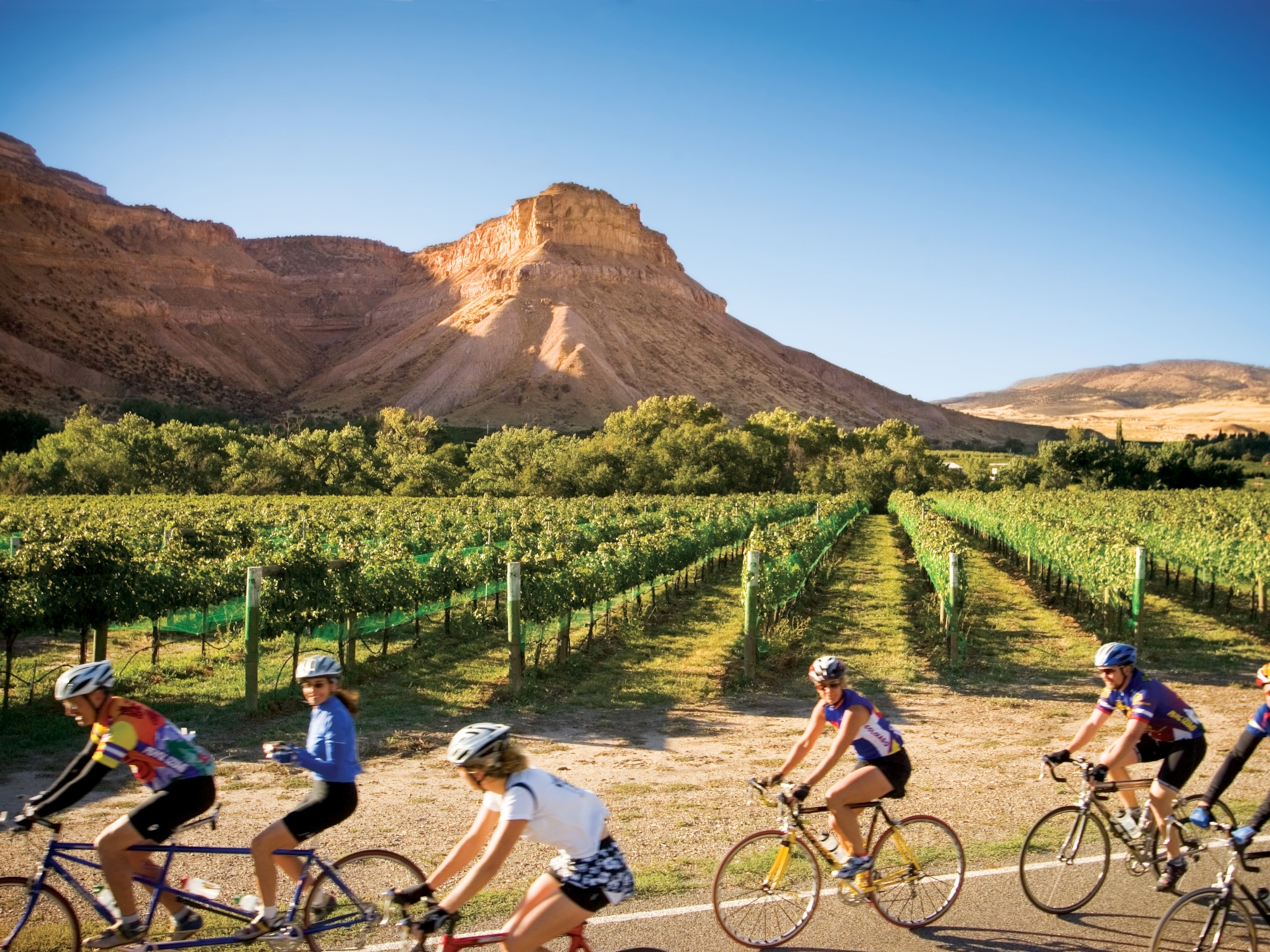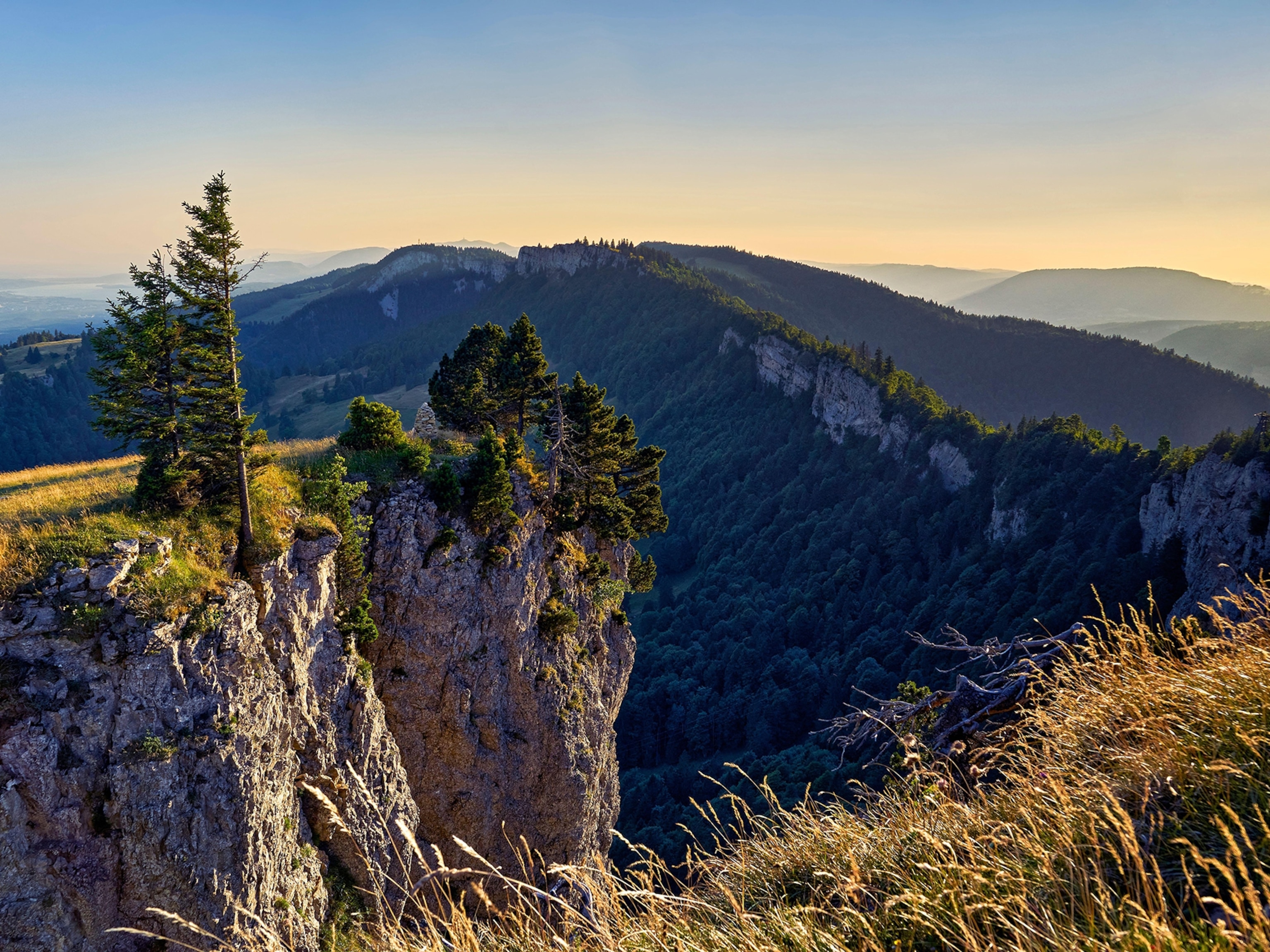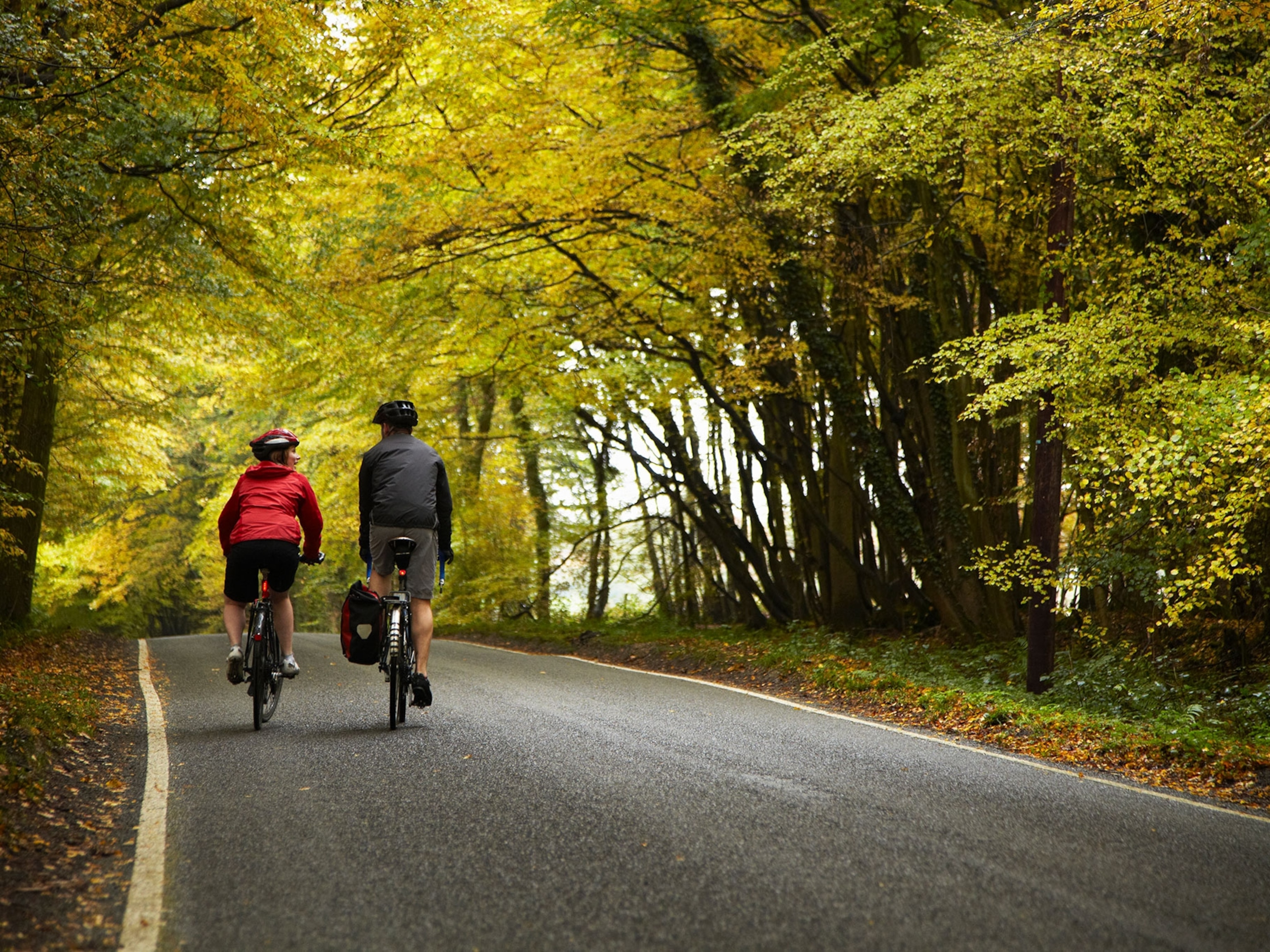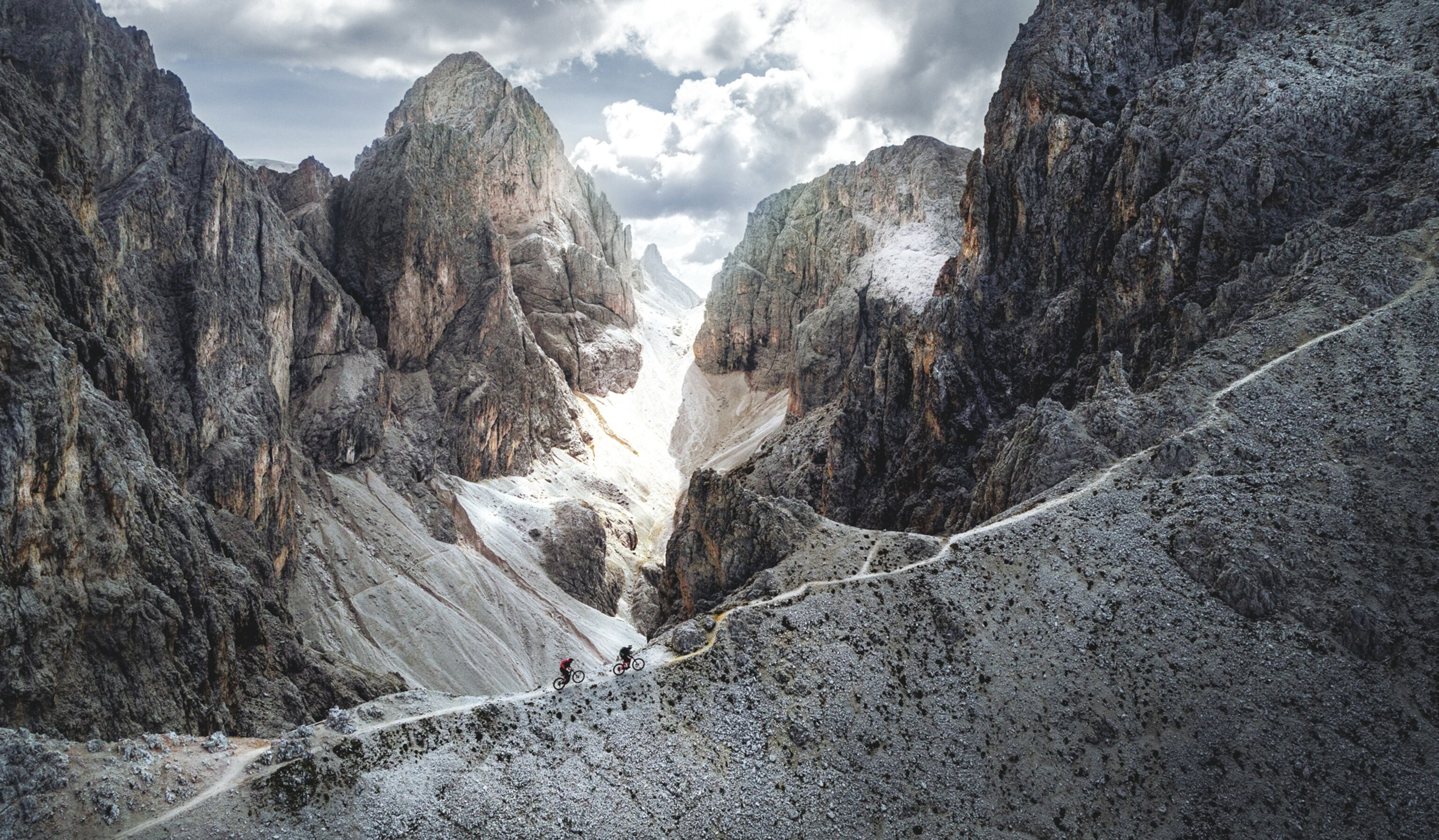
How to scale the ‘iron paths’ of the Dolomites
Here’s your ultimate adventure planner for northern Italy.
If your trip style leans more to the rugged and remote, well-traveled Italy might not be your first choice. But the Dolomites region in the country’s north surprises with an adrenalized beauty even the most adventurous travelers crave.
Here’s an action-packed itinerary for the region—reported by a seasoned adventure traveler—that takes in the towering Dolomites, the hills of Valdobbiadene, artful Venice, and windy Lake Garda. This tour will have you hiking, biking, and sailing, all while sampling prosecco and meeting some of northern Italy’s most dedicated craftspeople.
Mountain climbing in the Dolomites
The base of Tofane mountain is surrounded by red-rock vertical faces with dozens of climbing routes. Ten miles east, down Falzarego Pass, is the village of Cortina d’Ampezzo. In 1956 the chic alpine resort hosted the Winter Olympics, which brought the Dolomites to the attention of the world’s glitterati, from Frank Sinatra to Brigitte Bardot. In June 2019 the International Olympic Committee awarded the 2026 Winter Games to Milan-Cortina.
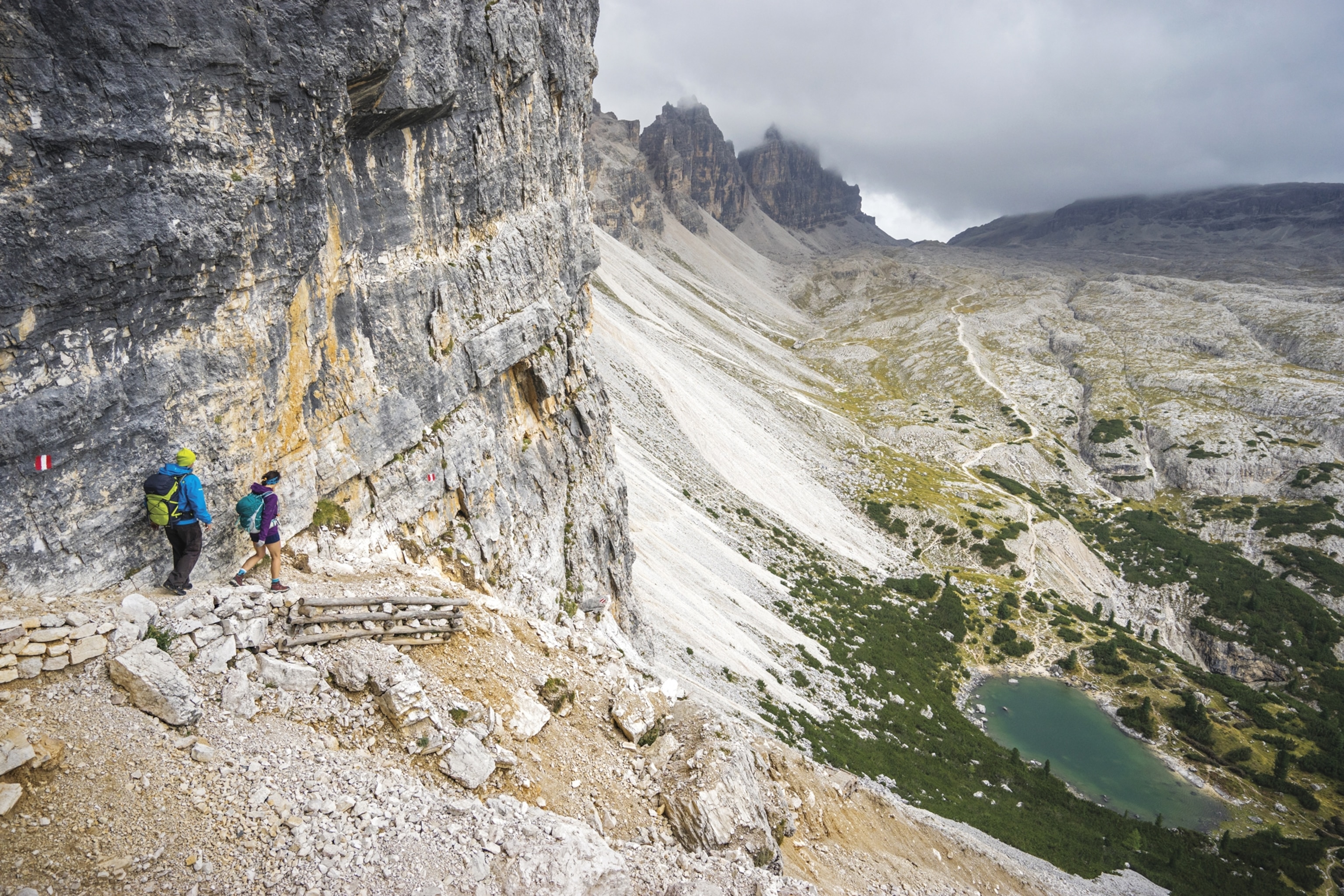
My focus is on climbing a thousand feet straight up on Ra Bujela, a via ferrata that starts near the top of the women’s World Cup downhill run at Cortina. Via ferratas, or “iron paths,” are climbing routes that World War I soldiers built by pounding iron-runged stairs into the rock in order to climb otherwise impassable peaks.
The historical routes are so popular with recreational climbers that ski resorts and mountaineering associations across the Dolomites continue to build new ones, such as the route we’re about to climb.
Related: See stunning photos of hikers on via ferratas in the Dolomites.
I’m with Carlo Cosi, a professional mountaineering guide originally from Padua. He’s climbed all over the world, earning a nomination for the Piolets d’Or, mountaineering’s highest honor, for a route he opened in Peru. But it’s the Dolomites that Cosi loves best.
My group of three is roped together as an extra safety measure, in addition to being connected individually via two carabiners that fasten our harnesses to the cable route. We climb the first pitch straight up a vertical wall to a narrow footbridge suspended between two pinnacles. The reliable footholds and ever present cable give rusty climbers like me an opportunity to once again feel the exhilaration of summiting otherwise unreachable heights.
“The nice thing about the Dolomites,” Cosi says, “is that they are for everybody.”
Where to stay: Cristallo Resort & Spa, a five-star property in Cortina d’Ampezzo, built in 1901 with views of the Tofane mountain range.
Where to eat: El Brite de Larieto, a quaint rifugio (shelter) in the middle of a cow pasture in Cortina d’Ampezzo, serving classic northern Italian dishes.
Where to find guides: Dolomite Mountains, Agustina Lagos Marmol’s team of climbing experts organizing customizable outings.

Mountain biking in Alta Badia
I’m only 16 miles northwest of Cortina, in the world of South Tyrol, an enclave of Austria before it was annexed to Italy after World War I. Here 70 percent of the residents speak German, 26 percent speak Italian, and less than 5 percent speak Ladin, a language from a culture that has existed in these valleys in South Tyrol for 2,000 years. Matthias Thaler, our mountain biking guide and a former ski racer for the Italian national team, is one of 30,000 Ladin people who remain here.
To cover more ground, I have rented an e-mountain bike to pedal up to the Pralongià Plateau, a wide-open space that sits at almost 7,000 feet and serves as a natural viewing platform to 10,968-foot Marmolada Glacier, the highest peak in the Dolomites; Sella Ronda, a legendary ski touring circuit; and Sasso di Santa Croce, a massif on which Reinhold Messner opened a famous climbing route in 1968.
Just below the plateau sits Piz Arlara, a rifugio with a deck facing the Sella Ronda. We take a long lunch here, drinking lemony radlers (similar to shandies) and soaking in the view before riding the flow trail down to the base of the mountain. Before we leave, I ask Thaler if the crosses at nearly every summit are World War I memorials.
“No,” he responds, “they’re a sign that we’re closer to God.”
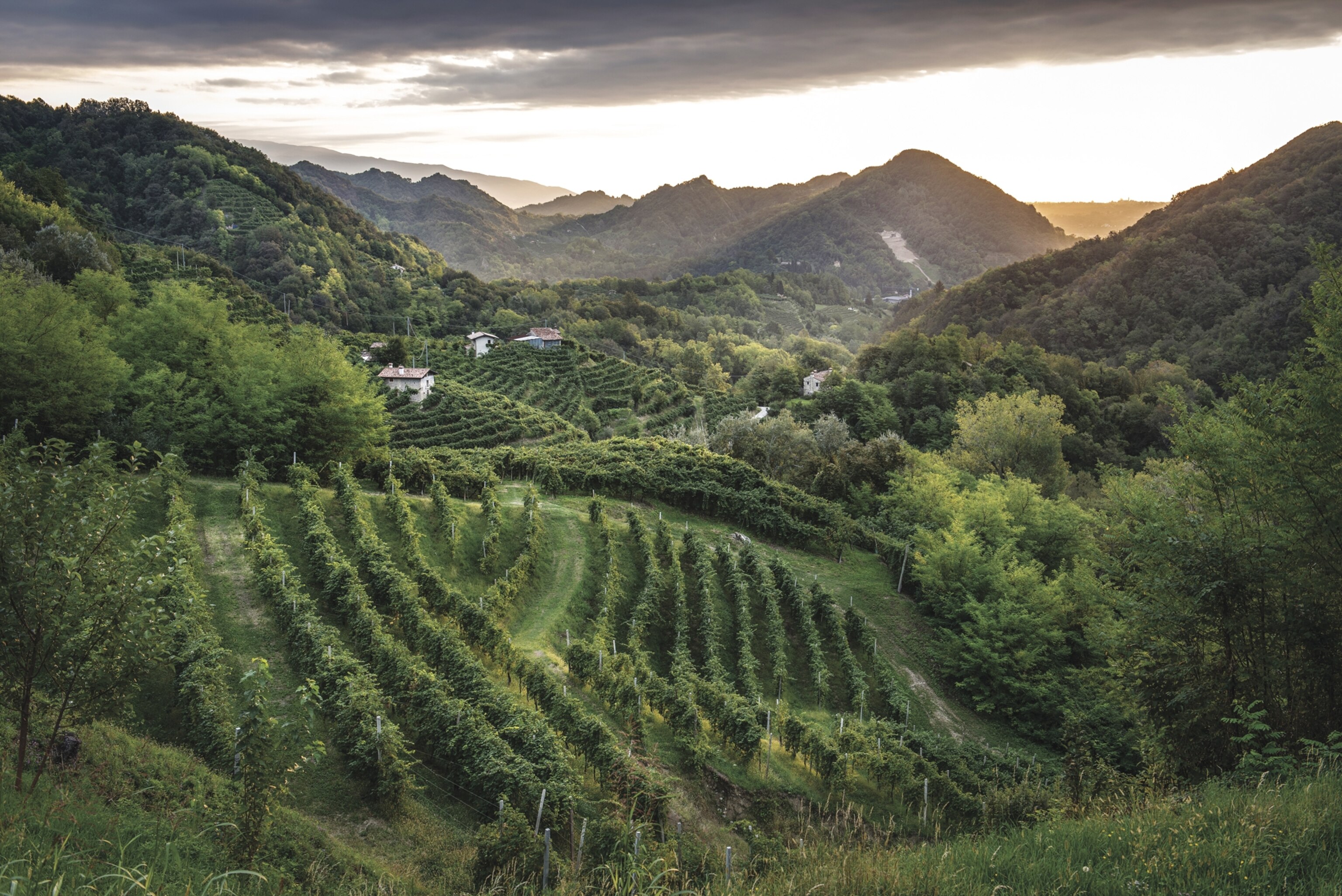
South Tyrol may be closer to heaven, but the residents still love their Italian wines. The Costa family, which owns the Hotel La Perla in the village of Corvara, has one of Europe’s largest collections of Sassicaia, a highly valued Italian wine. The Hotel Ciasa Salares, in the village of San Cassiano, features a 24,000-bottle wine cellar that specializes in biodynamic small-batch varietals. Sixty percent are from Italy.
During the wine tasting in the hotel’s cellar restaurant, I’m not surprised to find that my favorite is a 2005 Barolo produced in Piedmont. With smoky notes, reminiscent of coffee and leather, the varietal is “the king of Italian wines,” according to Jan Clemens, whose family owns the hotel. “This,” he adds, “is the elegant part of Italy.”
Where to stay: Hotel Ciasa Salares, in San Cassiano, a third-generation family-owned hotel with an outdoor garden and mini zipline; Hotel La Perla, in Corvara, a classically elegant Ladin lodge with five restaurants, including one with a Michelin star.
Where to Eat: Rifugio Gardenacia, an idyllic mountain lodge in the Puez-Geisler/Puez-Odle nature park, serving radlers and polentas.
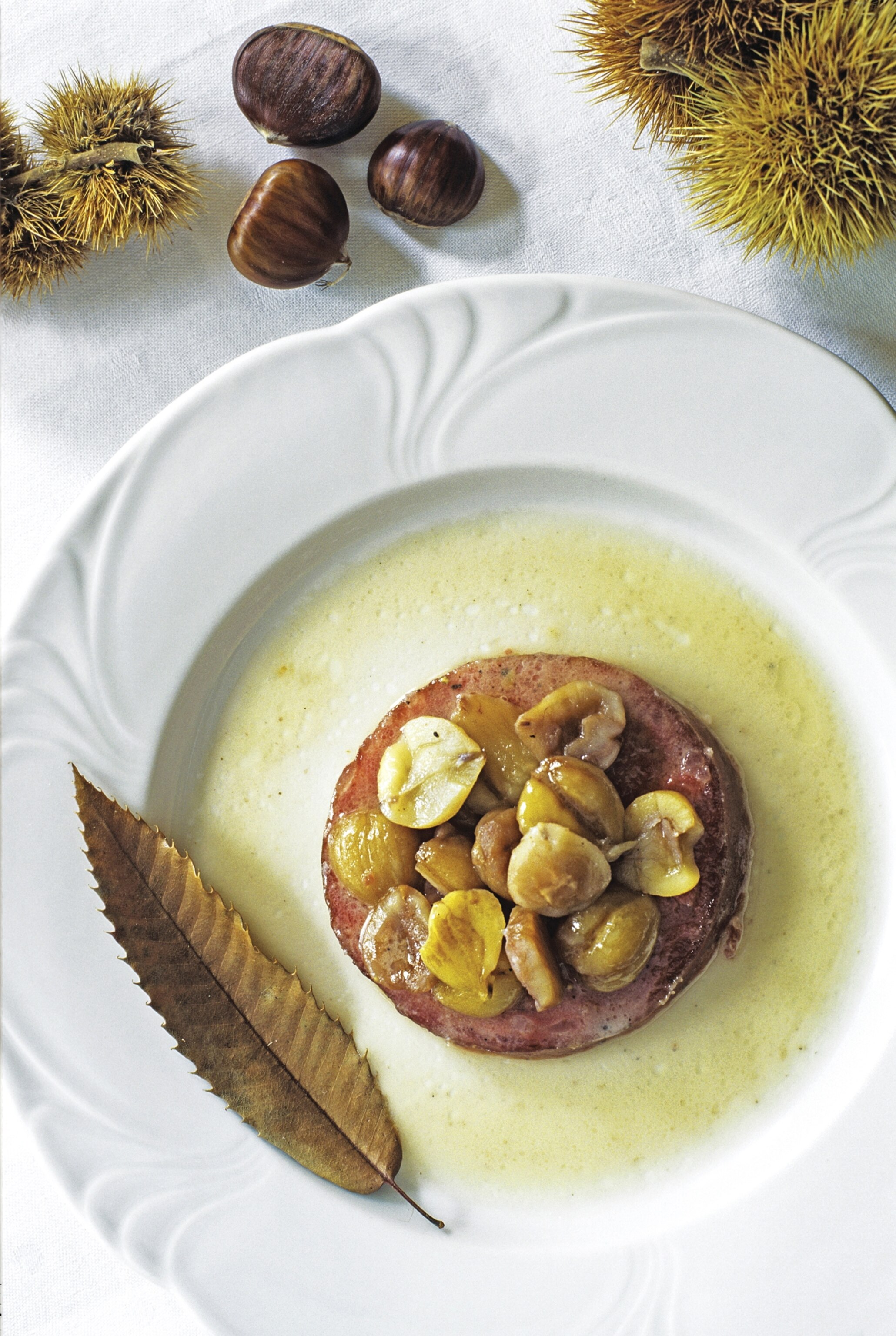
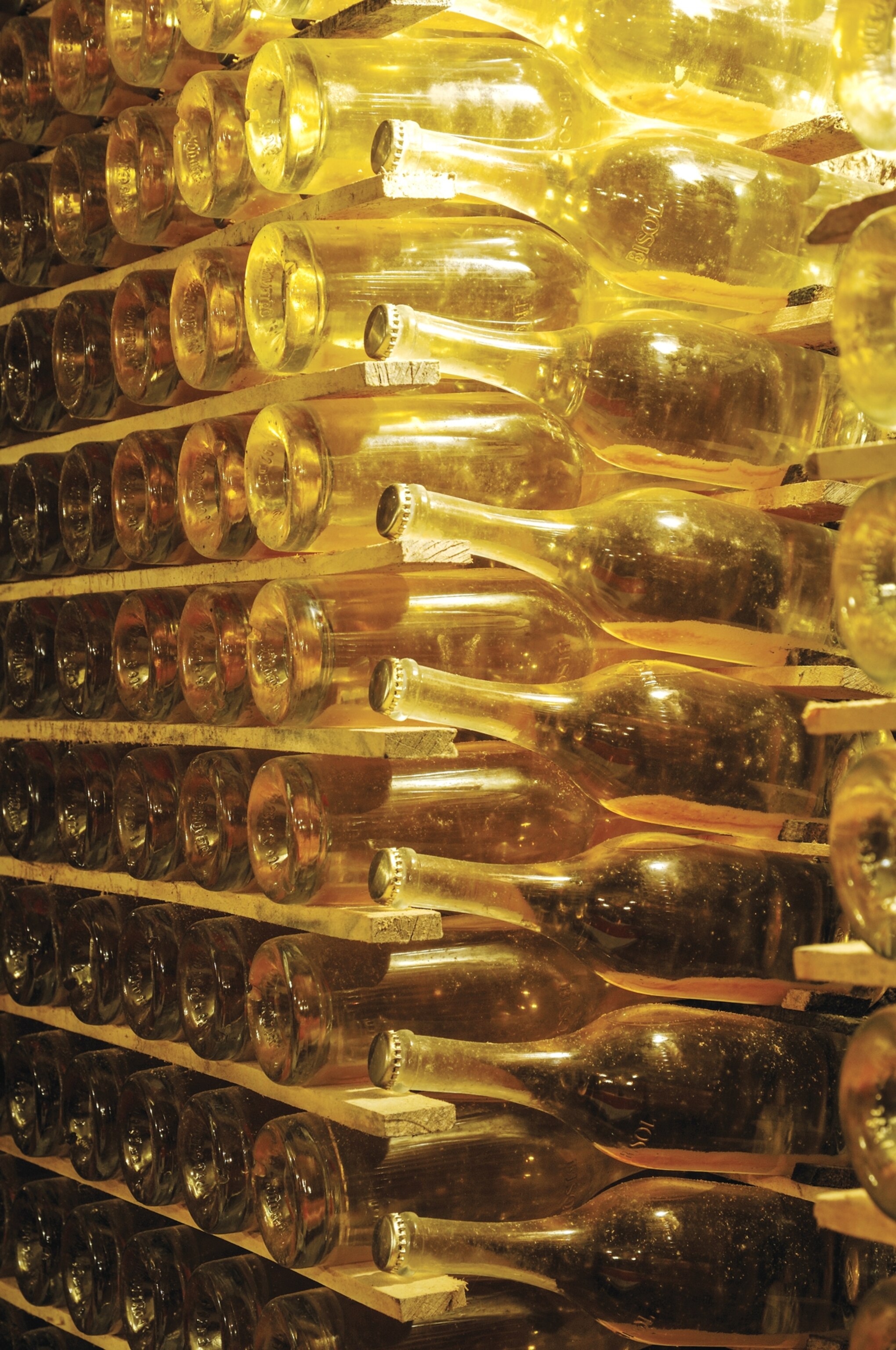
Cycling through prosecco country
Halfway into a 32-mile mid-morning cycling loop on a hot Sunday the highly regarded prosecco from Sorelle Bronca estate I’m sipping tastes refreshingly crisp. It’s made by Antonella and Ersiliana Bronca, two sisters who took over their father’s winery in 1988. The women and their families grow their grapes on a patchwork of 67 acres scattered throughout the region of Valdobbiadene. This, along with the neighboring region of Conegliano, became Italy’s 55th UNESCO World Heritage site on July 7, 2019, thanks in part to its aesthetically pleasing checkerboard landscape.
I am joined by Giovanni Zanon, who owns Villa Abbazia, an 18th-century palace converted to a five-star hotel in the village of Follina. Villa Abbazia also houses the only Michelin-starred restaurant in the region. Last night, its Puglian chef, Donato Episcopo, prepared us an elaborate, whimsical five-course meal that included trout marinated with citrus fruits for the entrée and ended with tiramisu—the same recipe Zanon’s family has used since 1955—and too much grappa.
This morning, Zanon’s cycling-fanatic side has taken over and he’s riding with me on a route of his design that climbs 1,600 feet through jasmine-scented hills. The terrain is exhilarating, with punchy climbs; long, leisurely downhills; and minimal traffic. We stop every few miles to eat and drink with Zanon’s friends.
At Pasticceria Villa dei Cedri, I try the traditional southern Italian cream puff, tette delle monache. The name, I later learn, translates to “nuns’ breasts.” Despite this reminder that Italy is slightly behind the curve in #MeToo political correctness, it’s a luscious treat that pairs well with espresso.
It fuels me for our final climb to the new tasting room at Garbara winery, in Cartizze. Cartizze Zero is a light, smooth prosecco known for having very low levels of residual sugar. We sip it while overlooking the verdant vine-covered hills.
Where to stay: Hotel Villa Abbazia, an eclectic estate in Follina with a Michelin-starred restaurant, La Corte.
Where to find guides: Italy Cycling Tour, Alessandro Da Re and partners’ outfit offering high-quality bikes and charming experts.
Learning gondola secrets in Venice
Saverio Pastor is one of five remèri, or oar craftsmen, left in Venice. The walls of his shop, Le Fórcole, are lined with wooden oars he’s made, and the floor space is filled with oarlocks, or fórcole, that look like sculptures.
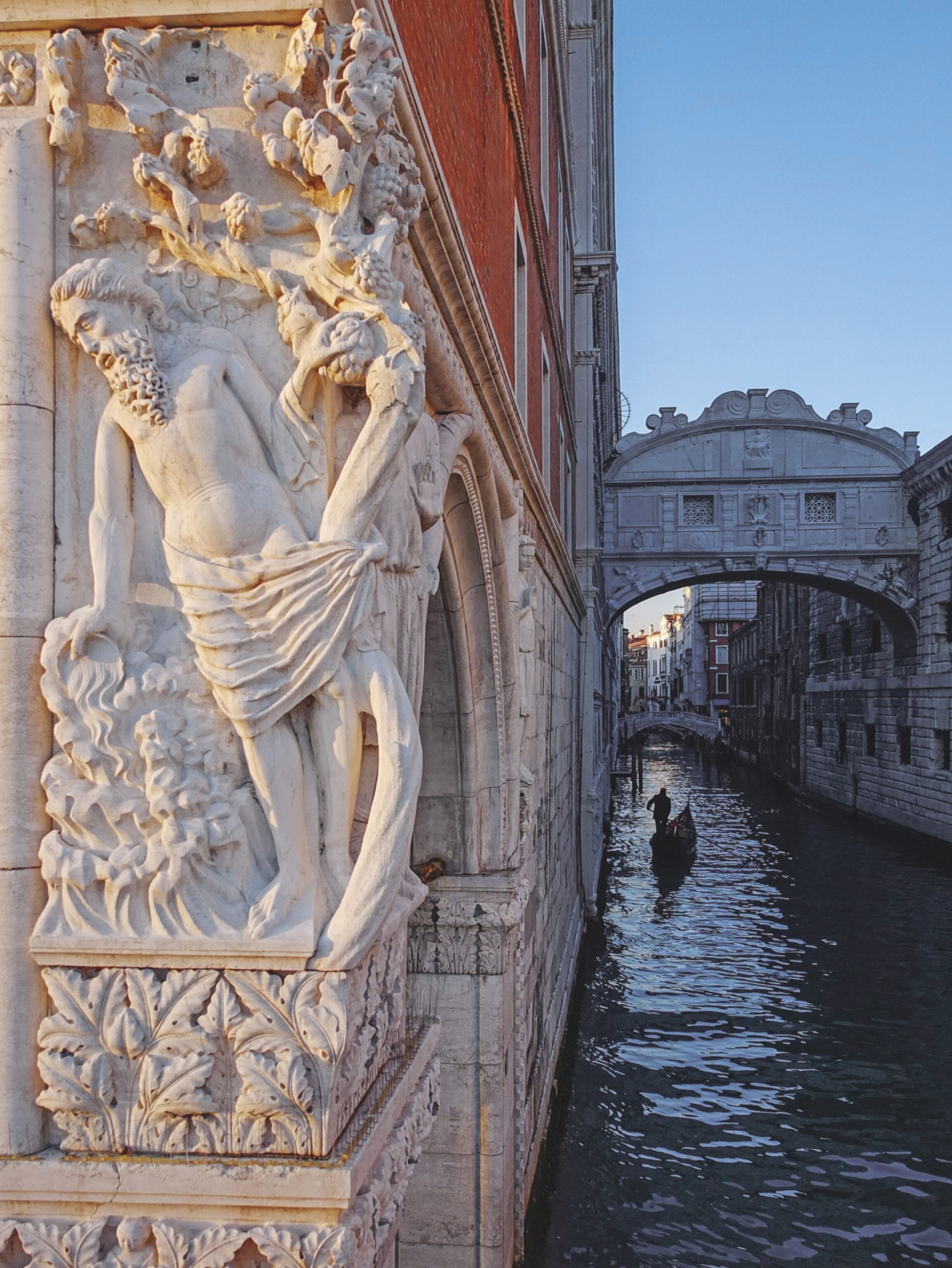
The stop at Pastor’s shop is just one of many on a walking tour I’ve arranged with Luca Zaggia, a marine scientist, in an effort to further understand Venetians’ intricate relationship with water. Zaggia, in turn, invites Giovanni Caniato, a scholar and expert on Venice’s boating history.
“Coastal morphology is the main issue in Venice, especially the impact of large boats,” Zaggia tells me as we walk cobblestoned streets infamously sagging under the effects of overtourism. An estimated 20-million-plus tourists visit annually, while the resident population of 55,000 shrinks by the year. I wrongly assume that the monster cruise ship I saw being tugged through the canal yesterday is the worst offender, but Zaggia corrects me.
“Cruise ships often create less damage than cargo ships,” he says. He adds that while cruise ships are far from ideal vessels for Venice, one of the best ways for tourists to mitigate further damage is to avoid taking private, high-speed water taxis. Their waves cause more erosion than slower moving ferries.
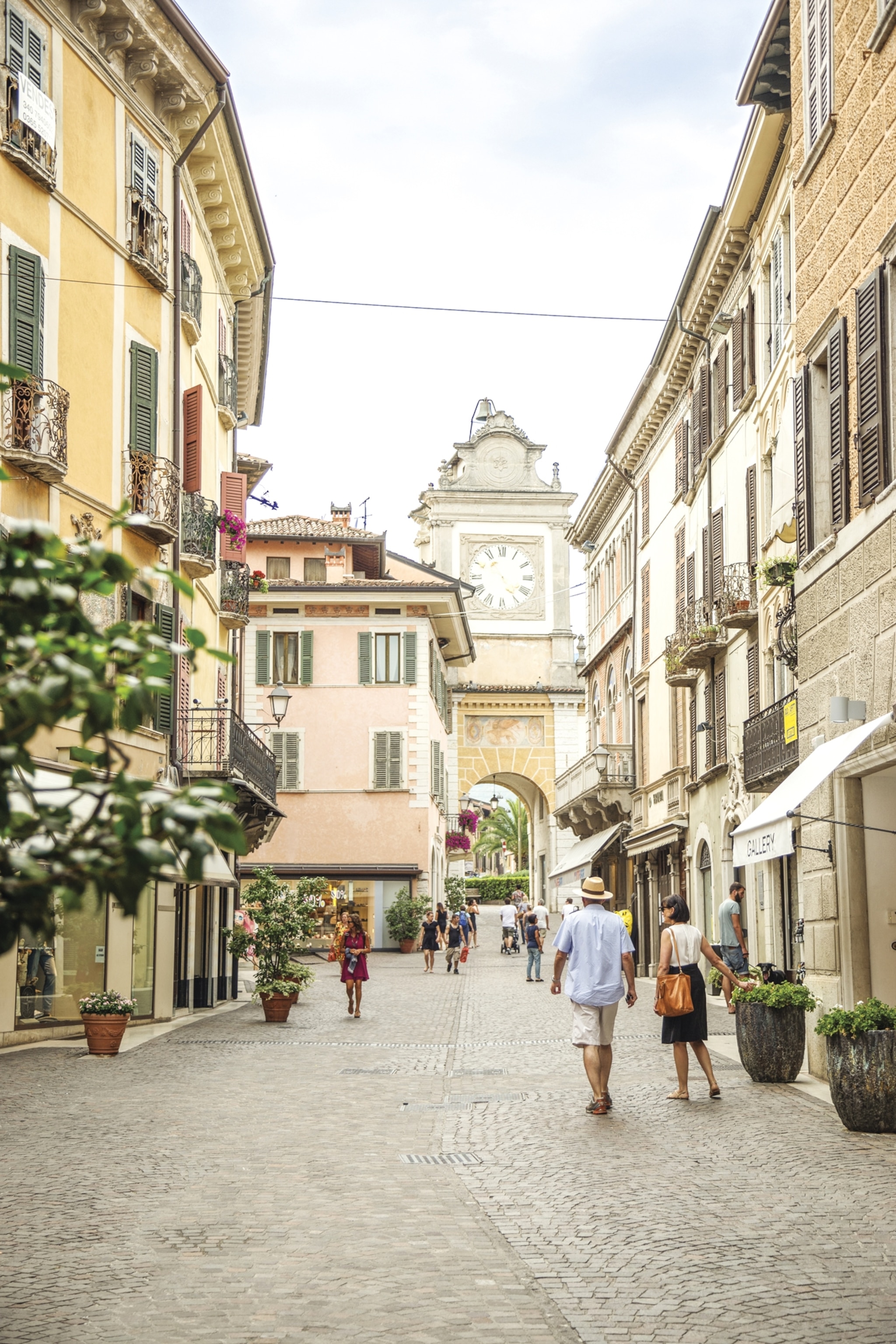

At Squero San Travaso, an out-of-the-way 17th-century boatyard, owner Lorenzo Della Toffola is building a wooden gondola spine under the bright sun. It will take him 500 hours to complete one boat. Brian notices the stern ferro, the high point at the back of the boat, is hinged.
“Gondolas have big problems,” Caniato says, explaining that because of rising water levels, the boats no longer fit under the bridges during high-water peaks and have to be modified.
Our final stop is a 15th-century boatyard that houses the private association Arzaná. Inside are ancient rudders and oars, the largest collection of fórcole in the world, and one of the association’s 50 period boats. Caniato pours us a glass of red wine, and we make a toast to his beautiful city, which has survived 14 centuries. Despite its woes, he says, “I would never leave Venice.”
Where to stay: Hotel Casa Verardo, a three-star hotel in a 17th-century palace located down a quiet alley in Venice.
Where to eat: Ristorante Al Giardinetto da Severino, a traditional Venetian restaurant run by the same family since 1949.
Where to find guides: Context Travel Tours, a decades’ old company with scholars leading tours on many topics.
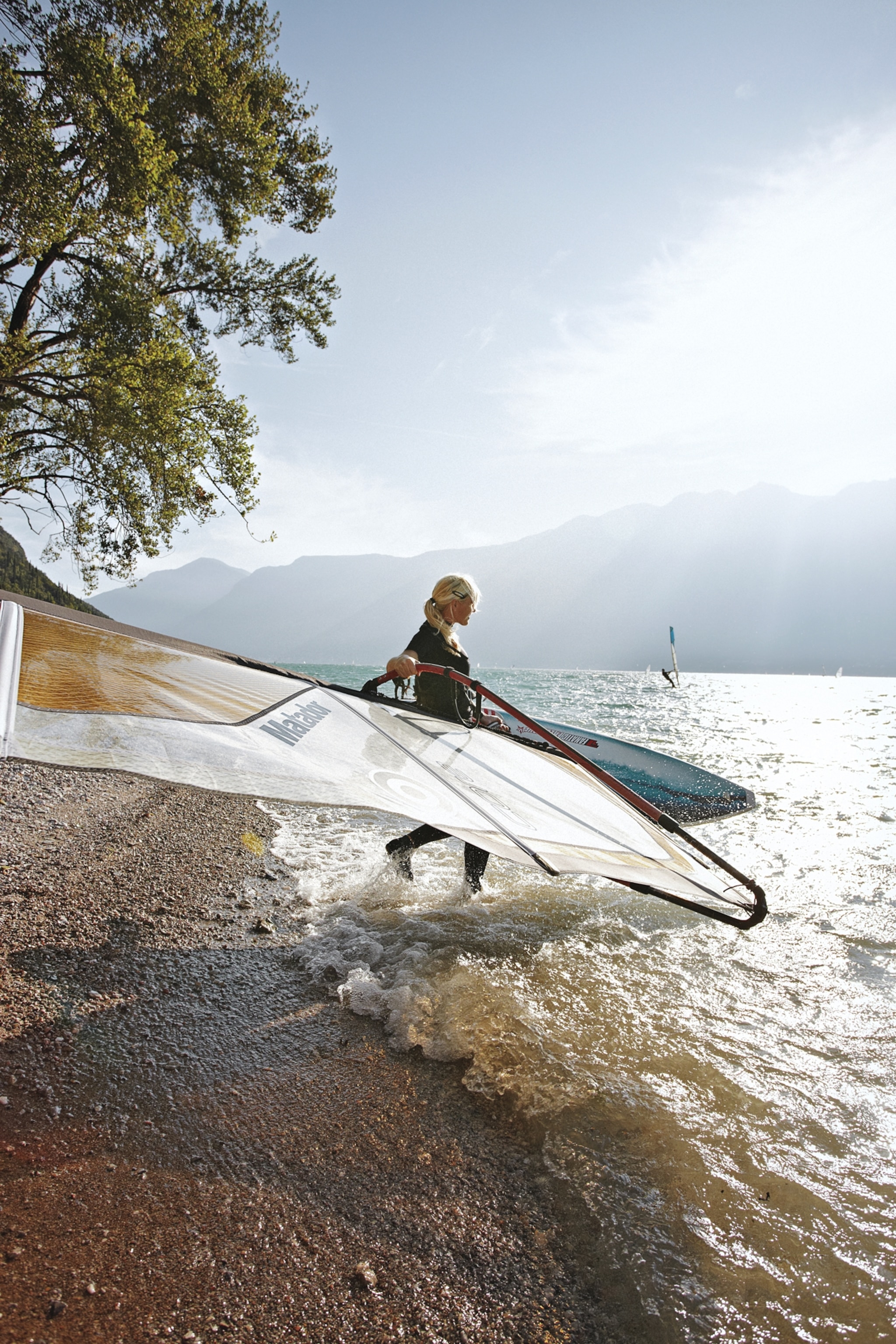
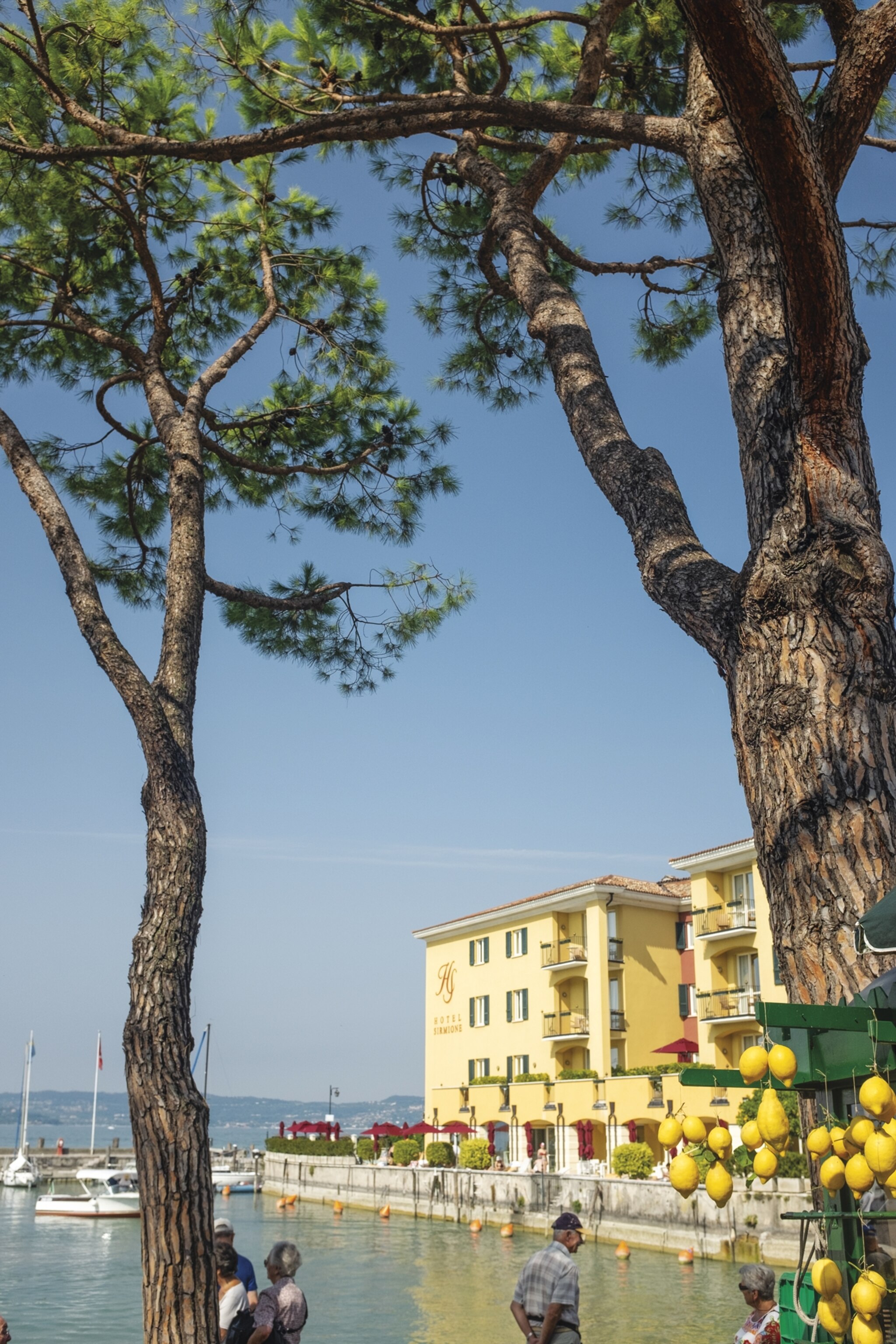
Sailing in Lake Garda
Thanks to George Clooney and his passion for Lake Como, Lake Garda, to the southeast, is largely overlooked by Americans. The northern third of 143-square-mile Lake Garda is off-limits to private powerboats, which makes it a mecca for windsurfers, kitesurfers, and sailors because the winds whip up like clockwork and hold steady for hours.
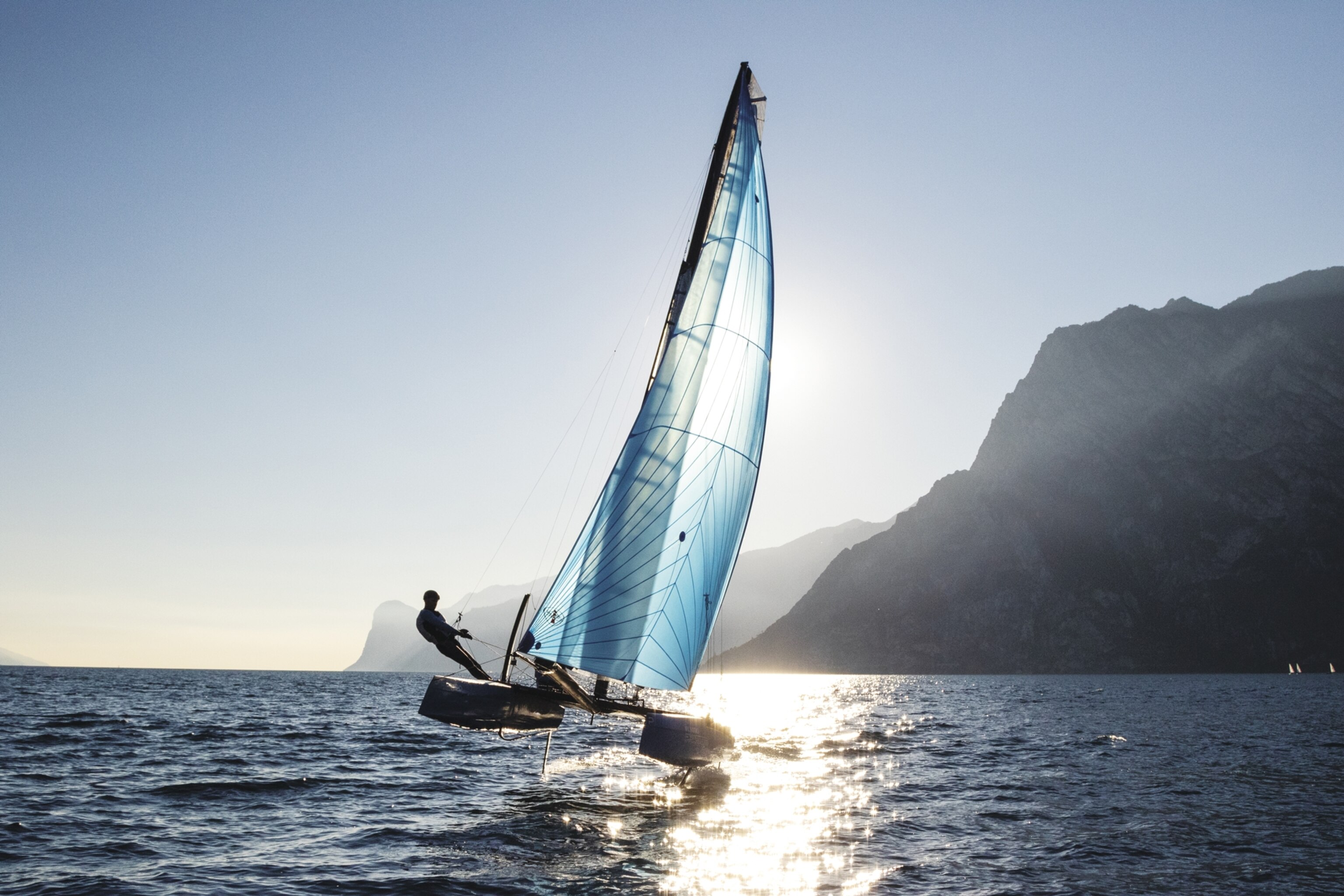
Lake Garda’s two main winds are the Pelér and the Ora. The Pelér, a northerly morning wind, blows off the mountains and is known as the “good-weather wind,” creating sets of small waves that are ideal for beginning windsurfers and kitesurfers. It normally dies down before noon, just as the Ora comes from the south, generally blowing 15 to 20 knots, the perfect wind for experts.
Sure enough, this morning the lake was glassy enough to paddle stand-up boards to the other side, but it’s 2 p.m. and the winds have picked up. It’s time to go fast on the catamaran. My sailing instructor, Ivan Pastor, of Sailing Du Lac, the lakeside windsurfing and sailing school at the Hotel Du Lac et Du Parc, mans the rudder. We sail until we reach a part of the lake farther south devoid of ripping windsurfers and single-masted Optimists. Then he hands the rudder and sheets to me. I used to sail catamarans as a kid, but it’s been a long, long time.
“The most important thing with sailing is learning how to read the wind,” Pastor tells me. It’s good advice, but I’m in the weeds trying to wrap my brain around the counterintuitive way I have to push the rudder away from me while simultaneously uncleating the sheet as I’m going about.
Eventually, my sailor’s muscle memory returns enough for me to steer the boat downwind. We start to heel, laughing out loud and clipping along at a pace that feels dangerously close to flying.
Where to stay: Hotel Du Lac et Du Parc Grand Resort, a property with sprawling gardens near palm tree-lined Riva del Garda.
Where to find guides: Segnana Watersports, offering several days of sailing lessons.
- National Geographic Expeditions
